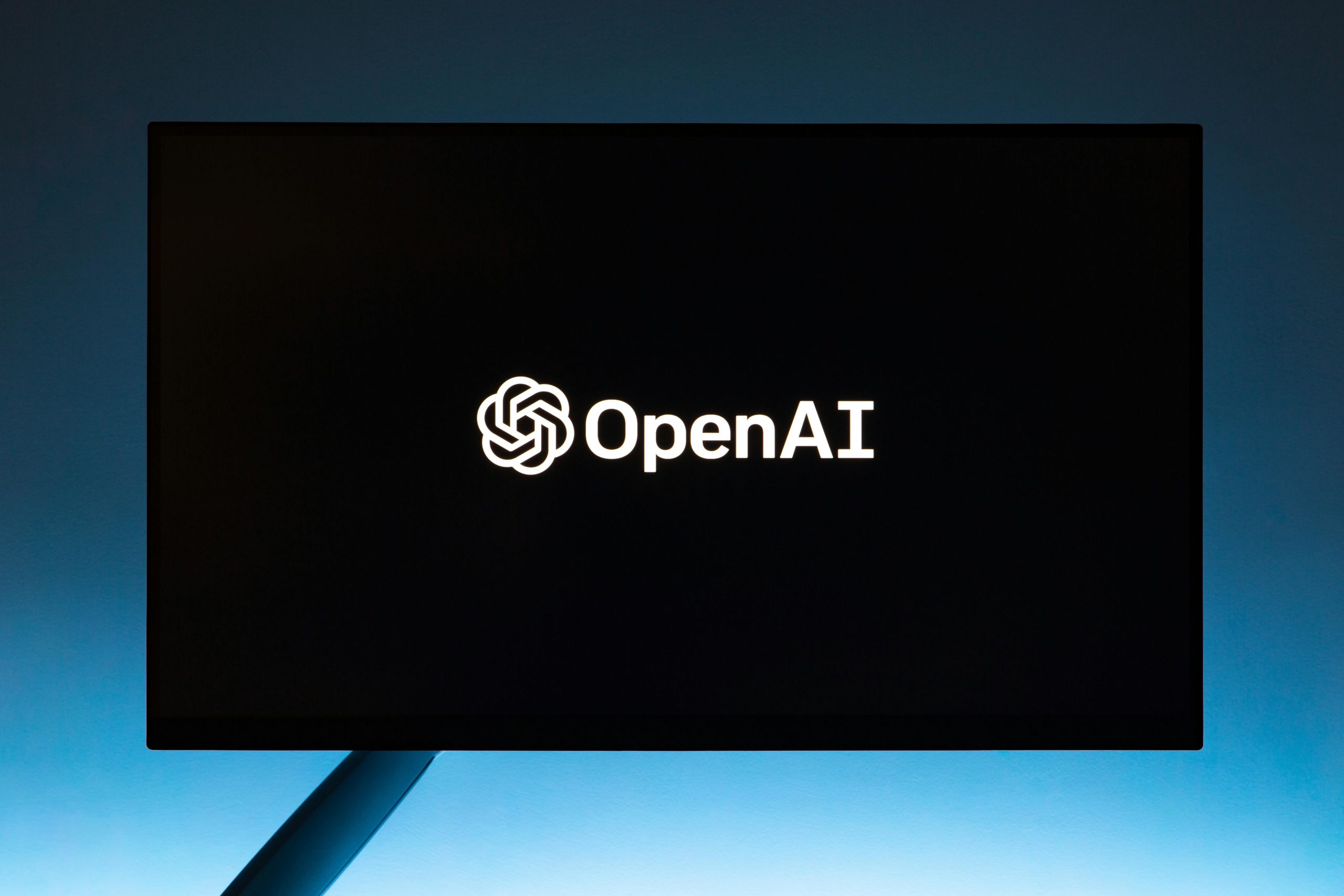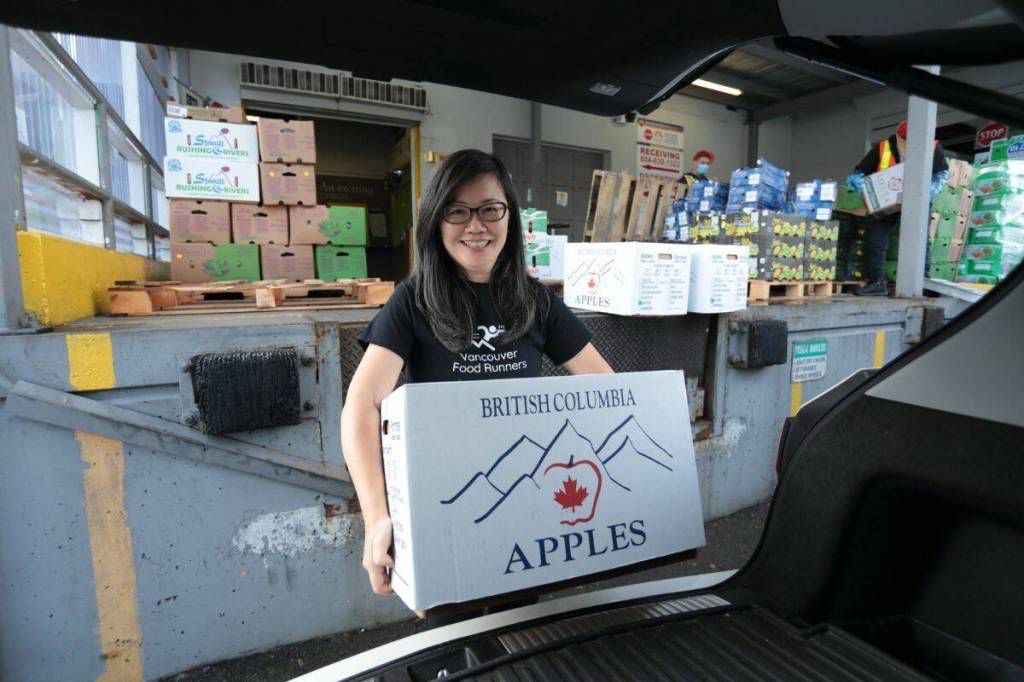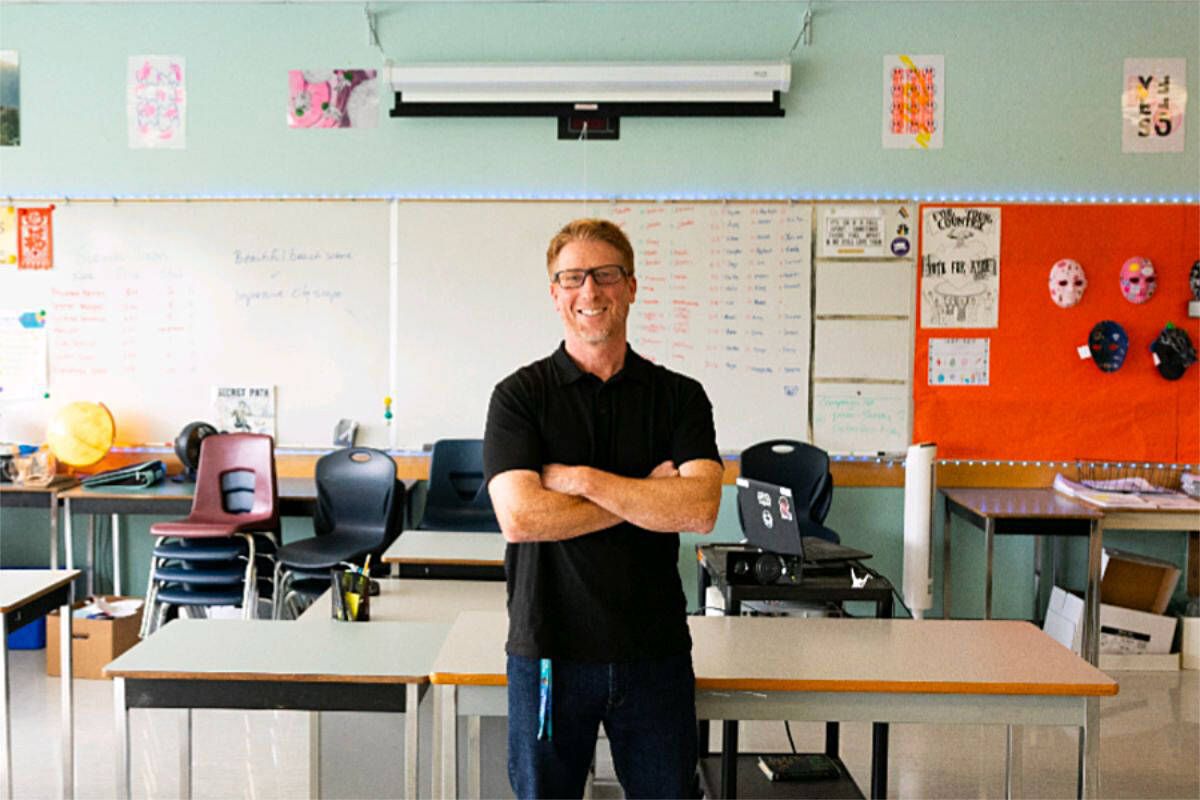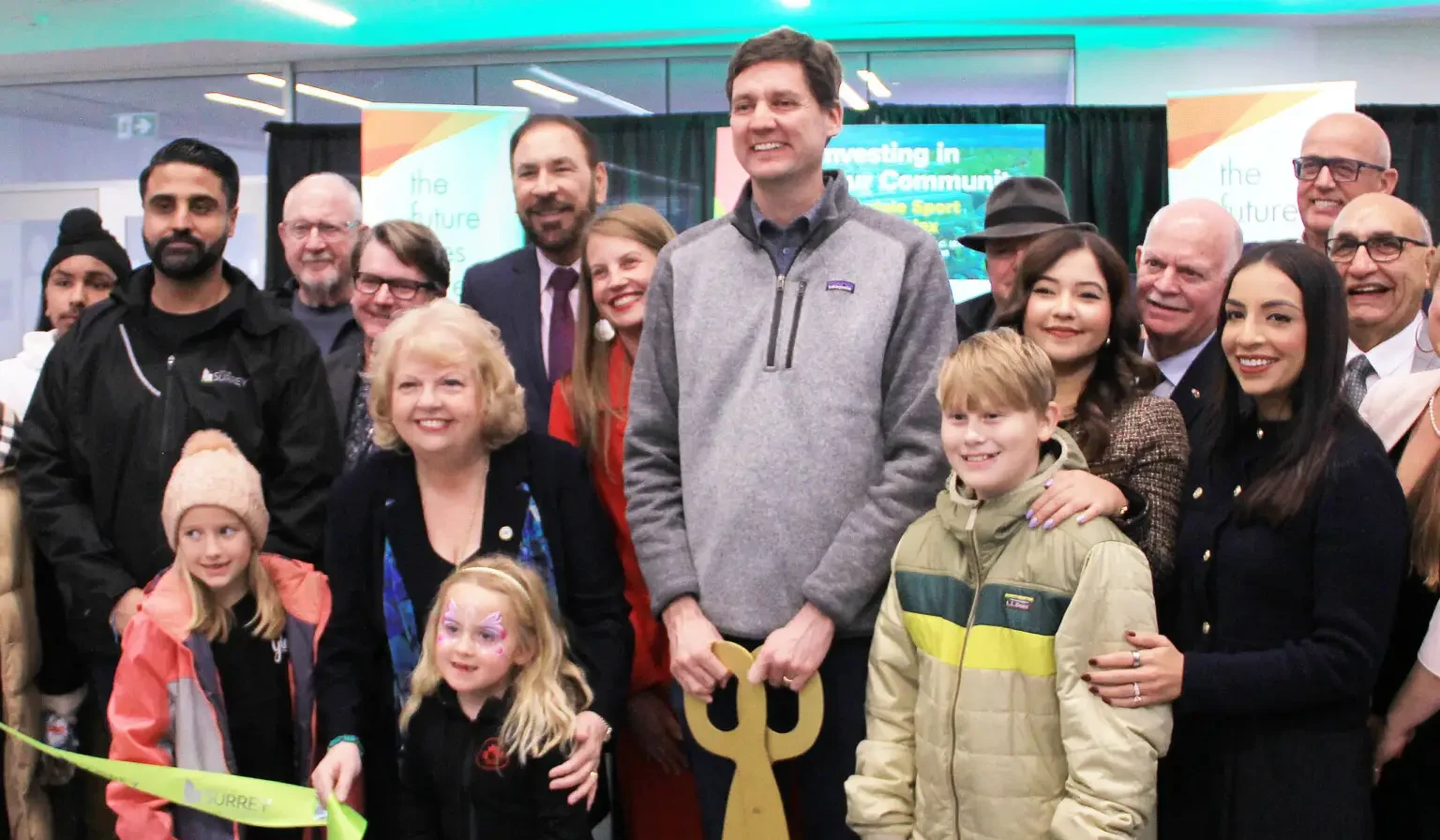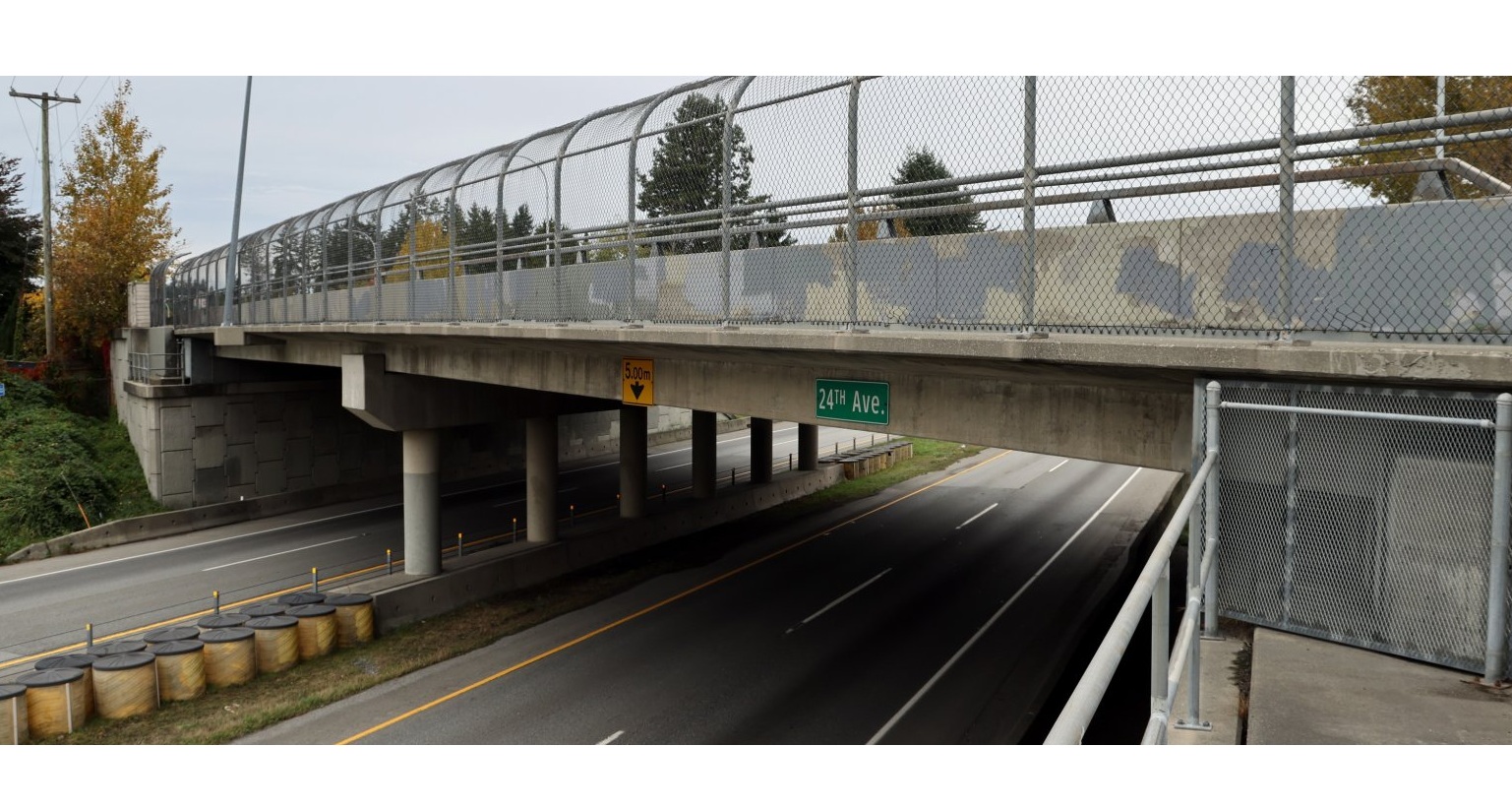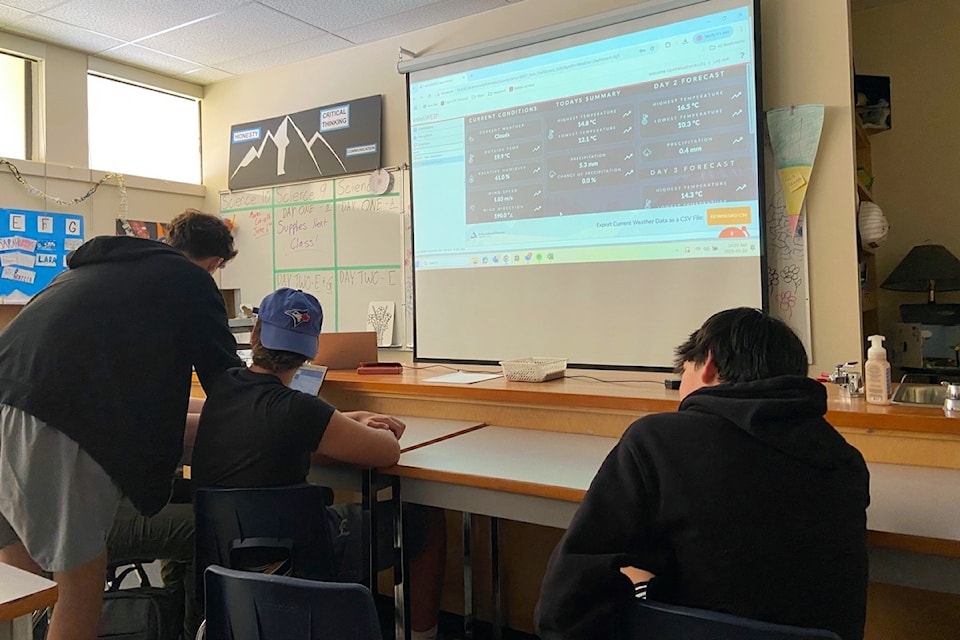Delta School District is pioneering a groundbreaking project that uses artificial intelligence and real-time weather data to cut water waste. Discover how students are learning the power of sustainable tech in action.
Smart Sprinklers: How AI is Revolutionizing Water Conservation in Delta Schools
Delta’s Eco-Tech Leap Begins in the Classroom
A high-tech revolution is quietly taking root in the Delta School District — and it’s not happening in a lab, but on the lawns of local schools. The district is piloting a cutting-edge irrigation control system that uses artificial intelligence and ultra-precise weather data to dramatically reduce unnecessary water use.
Spearheaded by energy manager Pierre Ngo, the project combines weather forecasting technology with microprocessors to determine exactly when schools need to irrigate — and, more importantly, when they don’t.
From Rainy Days to Smart Plays
“There’s nothing more frustrating than seeing sprinklers running during a downpour,” Ngo told students at South Delta Secondary during a recent behind-the-scenes look at the project. “It wastes water, money, and the opportunity to teach smart resource management.”
Ngo demonstrated how AI-generated forecasts — sourced from OpenWeather and updated minute-by-minute — are being integrated with a custom-built system that communicates directly with irrigation controllers. Unlike traditional systems that run on fixed timers, this smart approach only activates sprinklers when conditions actually call for it.
AI Replaces Expensive Infrastructure
Rather than investing in weather stations across Ladner, Tsawwassen, and North Delta, the district is opting for AI-driven forecasts that come at a fraction of the cost — a budget-conscious decision that still delivers powerful results.
The system works by feeding real-time weather data into an application programming interface (API) that translates it into machine language the microprocessor can act on. If rain is detected or imminent, a signal is sent to stop irrigation — preventing unnecessary watering on school grounds.
Lessons in Sustainability
Before diving into the tech, Ngo walked students through the science of weather — covering temperature, humidity, pressure, and more — to show how data becomes decisions.
“The AI pulls from satellites, radar, and ground stations to form a complete, real-time picture,” Ngo explained. “It’s machine learning in action — and it’s changing how we interact with the environment.”
Science teacher Isaac Adams praised the project’s impact. “Pierre’s visit showed students the real-world power of technology in protecting natural resources. It’s exciting to see our district champion innovation and sustainability.”






